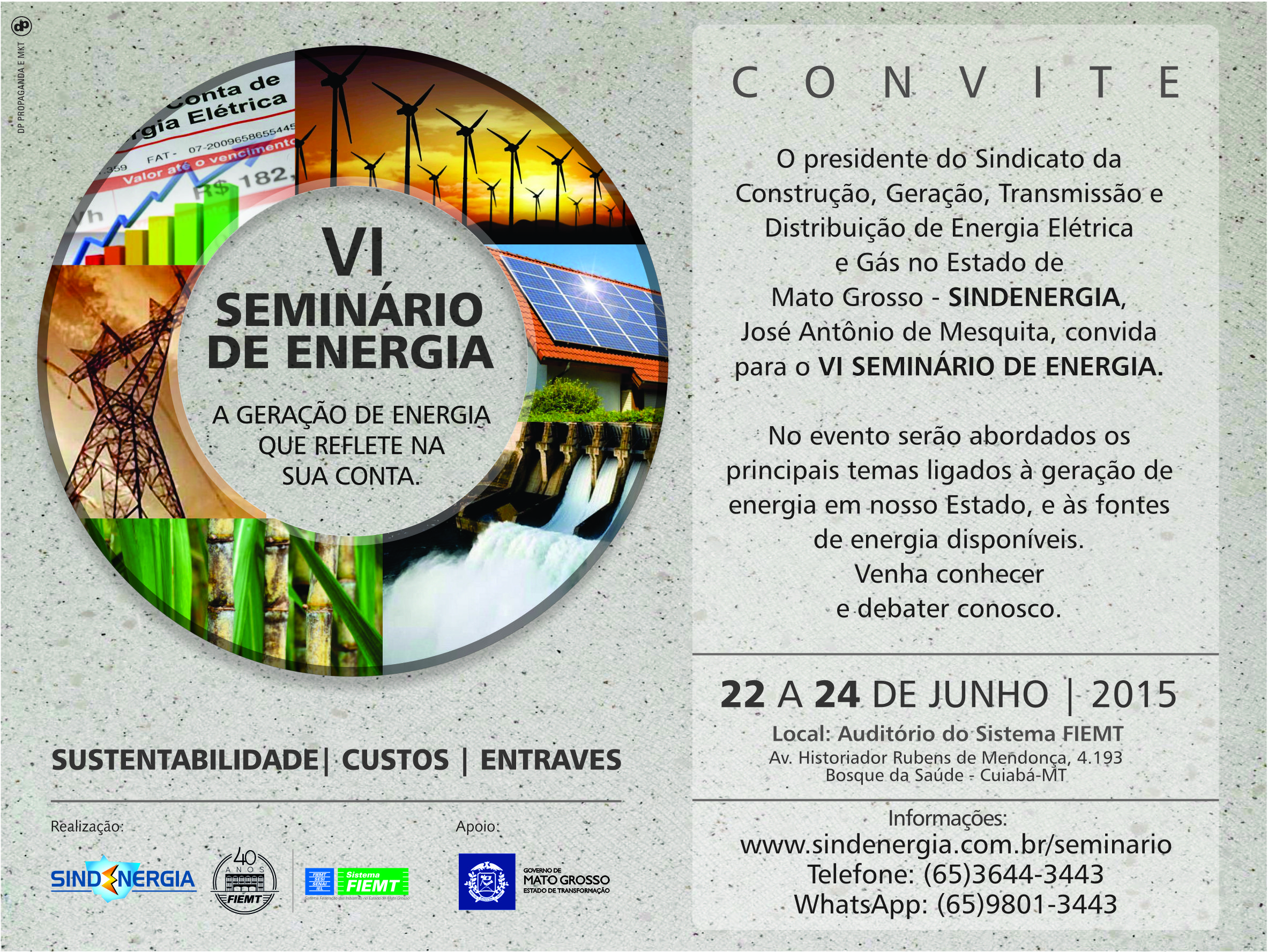Fonte: ANEEL
 CLIC Energia publishes the ninth of the 30 projects selected for Revista de P&D 4th Edition, released on 08/17/2011 during the Sixth Congress of Technological Innovation in Electric Power (CITENEL) and the Second Seminar on Energy Efficiency in the Electricity Sector (SEENEL), held in Fortaleza (CE).The goal is to provide society with the results achieved with the R&D projects. The publication on site accompanies the order of insertion in the magazine.
CLIC Energia publishes the ninth of the 30 projects selected for Revista de P&D 4th Edition, released on 08/17/2011 during the Sixth Congress of Technological Innovation in Electric Power (CITENEL) and the Second Seminar on Energy Efficiency in the Electricity Sector (SEENEL), held in Fortaleza (CE).The goal is to provide society with the results achieved with the R&D projects. The publication on site accompanies the order of insertion in the magazine.
The twenty-fourth article of Eletropaulo, announces the results of research conducted to prove the technical and economic feasibility for the supply of electricity into alternating current for trolleybuses – buses driven by an external source of electricity, whose energy harvesting is done by means of current collectors at the top of the vehicle. Currently, the supply network of trolleybuses in the coverage area of Eletropaulo, works in direct current (DC). The energy charging is made as that of a consumer medium voltage and the costs are charged from Managers of Public Transport.
The team led by Eletropaulo developed a technology capable of powering the trolleybus in both AC and DC, using the same power supply. The use of alternating current would allow measurement of low voltage, without the need for specific rate. The assets related to the service can thus be included in the base pay of the concessionaire. If the solution is adopted, it is expected to reduce the cost of maintenance and operation, which would stimulate an increase in the fleet of trolleybuses and enable greater diffusion of mass transport by electric traction, with less pollution.
The full text of all articles can be found here R&D Magazine 4th Edition). (BT/PG)
Read what has been published so far.
ANEEL launches the fourth edition of R&D Magazine on the first day of CITENEL
Learn about R&D projects developed in the electricity sector
R&D Magazine: Photographic Sensor helps environmental monitoring
R&D Magazine: CHESF perfects alarm system for diagnosing failures
R&D Magazine: Project proposal provides allocation of transmission losses
R&D Magazine: stepped spillway model reduces kinetic energy in plant
R&D Magazine: system supports multiple use planning of river for generation
R&D Magazine: Research points benefits to municipalities affected flooded areas
R&D Magazine: Tool improves analysis of underground distribution network
R&D Magazine: Methodology identifies critical gaps in transmission lines
R&D Magazine: Equipment automates calibration of meters
R&D Magazine: Light studies measures to energy supply in UPP
R&D Magazine: Digitalized model reveals thermal limits of transformer
R&D Magazine: Light controls the underground defects through sound
R&D Magazine: Ampla creates system for remote cut in high voltage
R&D Magazine: Measurement of gas assists in maintenance of transformers
R&D Magazine: Celpe uses innovative methods to evaluate line insulators
R&D Magazine: Celpe identifies energy losses with artificial intelligence
R&D Magazine: CPFL innovates with crossheads in concrete light poles
R&D Magazine: CPFL accelerates growth with power outage flag
R&D Magazine: CPFL uses ultrasound to precisely assess poles and crossheads
|
Study indicated advantages of using alternating current forpowering trolleybuses The project conducted by Eletropaulo addressed the technical and economic viability of an innovative system for electricity supply in both alternating current (AC) and direct current (DC) systems for mass transit with trolleybus technology. The trolleybus is a bus powered by an external source of electricity, in which the uptake of the electric power is performed by means of current collectors at the top of the vehicle. These collectors remain in contact with the power supply, in DC. Thus, the energy charging is now made as that of a consumer medium voltage and these costs are charged from Managers of Public Transport. Using the AC system, the measurement of low voltage will be made (without specific charge). Moreover, the assets related to the service can be included in the base pay of the concessionaire. It is also expected reduce costs of operation and maintenance and give more stimulus to the use of electricity for traction and, consequently, increasing the fleet of trolleybuses. Even with positive externalities, reducing pollution levels and better use of road area are using this type of vehicle of mass transportation. We also performed an economic analysis to compare rate costs detailed operation and maintenance, the rate value of the energy used to power the trolley into alternating current. According to the researchers, the study allows consolidation of technologies that will allow the start of trolleybuses in alternating current, completely changing the current model and enabling new business. Specifications |








